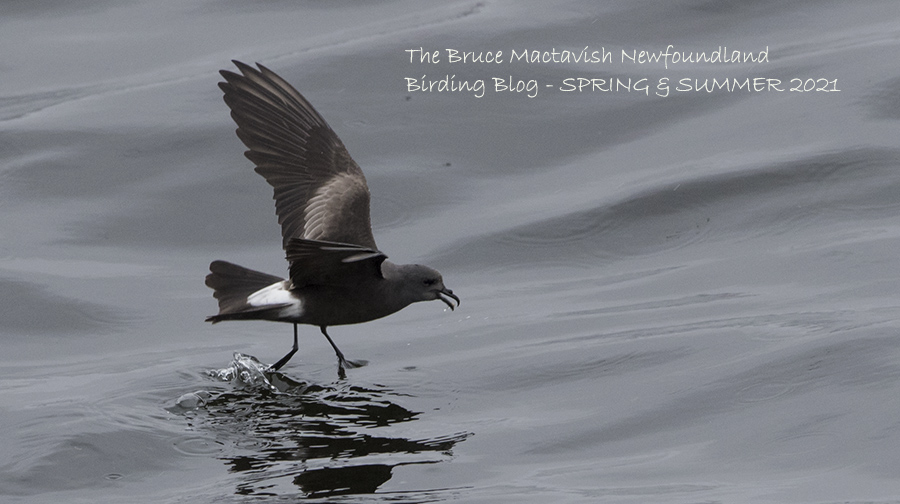One of the most photographed shorebirds in North America has to be the
Buff-breasted Sandpiper. It is not common anywhere but occurs over a
large percentage of North America as a rare to scarce migrant. For most
birders in the populated eastern North America, Buff-breasted Sandpiper has a
special meaning. It is uncommon enough that most of them get reported.
Because it gets reported so often on rare bird lines, news of its presence
often goes in one ear and out the other.
In Newfoundland it is annual in small numbers late August to early
October. You can pretty well be assured of ticking this bird every year
if you can visit the St Shotts sod farm or follow up on reports from other
locations on the Avalon Peninsula. Personally I missed Buff-breasted
Sandpiper for the last four or five years in Newfoundland because I was
away during the window of opportunity. I was starting to miss
them to a point of craving some good views. In 2013 I am home for the tail end
of their migration. With access to the St Shotts sod farm being compromised by
a bridge under repair, I was happy to hear that 2 Buff-breasted Sandpipers
had been found on a plowed field in the farmland of the Goulds only 20 minutes
from home.
On Sunday I found the duo reported the day before by Gene & Karen
Herzberg. I'd forgotten about the rich burnt-buff colour on the back
of the neck. Everything else about the bird came back in no time. It
really is a pretty little bird. I watched them through a scope but soon
the urge to get photos surfaced. There was no chance unless they walked
close to the road. With camera set on tripod hidden behind a bank of old
fireweed plants they eventually walked by me at reasonably close range with
840mm of power. The low early morning sun added a golden glow to the birds.
A Buff-breasted Sandpiper in the golden light of sunrise seek invertebrate in field near St. John's.
On Tuesday (today) I was back. It was humid afternoon under a very
heavy overcast sky. About 50 American Golden Plovers had dropped into the field
after the overnight rains. The two Buff-breasts were still there patrolling the
entire field on foot. They cover a big area swiftly. I was content with
prolonged views through the scope. Before I left I sat in the car for a
final count of the golden plover when I realize the two Buff-breasts were
walking my way. I got the camera ready on a bean bag resting on the
window sill. It was as if I had the birds on a remote control device and
made the birds keep on walking toward me until they could walk no closer
without falling into deep ditch.
A high stepping buff-breasted Sandpiper at about 12 meters out the car window.
I floundered under the pressure. The birds paraded past me at 10-12 meters. They
were wired and never stopped moving. The whole experience lasted <20
seconds. There were numerous tall weeds obstructing clear shots
of the birds. The sky was very dark. Even at 800 ISO I was getting only 1/500
sec. This is not enough to freeze the bobbing head of a strutting BBSA. The
Canon EOS Mark IV does a pretty good job at ISO1250 if you don't have to crop.
That was my only regret. Other than that there were no regrets on how I handled
the situation. Maybe if the camera was set to ten frames per second I would
have got more shots in the clear, but past experience has taught me the sound
of machine gun fire is likely to alarm any bird within ear shot.
A Lark Sparrow enjoying the free seed at Cliff Doran's bird feeder at Cape Race.




Buff-breasted Sandpipers are gorgeous and your images show that well. I keep hoping I will see and photograph one some day. Thanks for sharing your images.
ReplyDelete